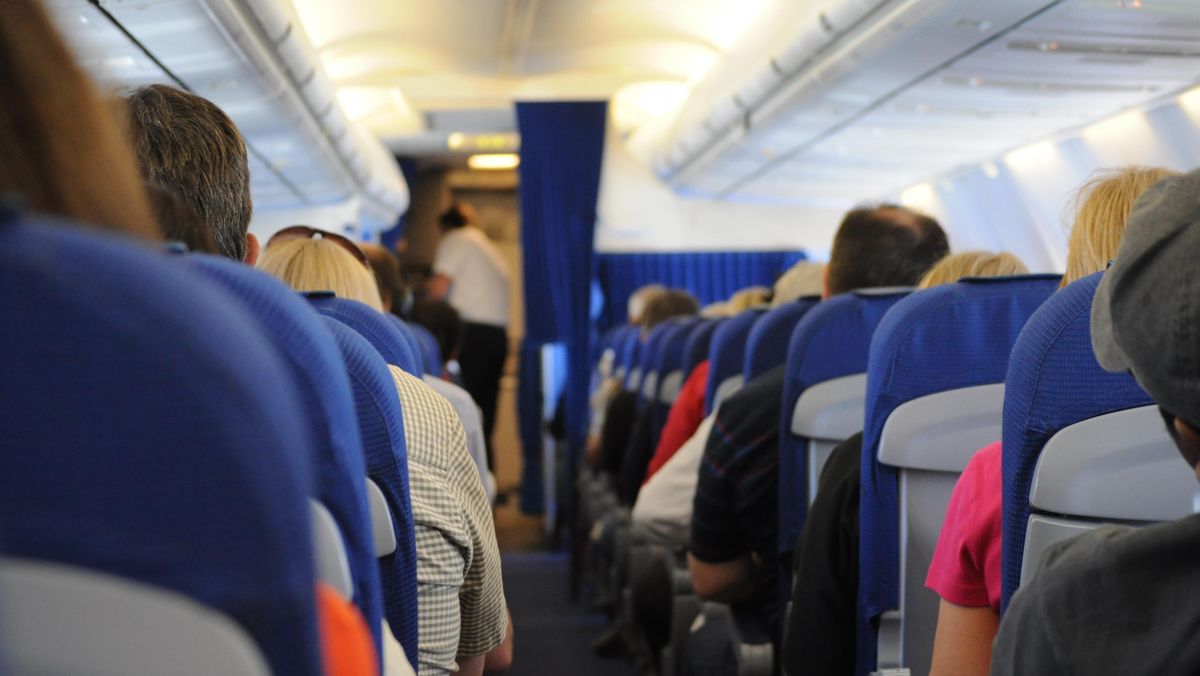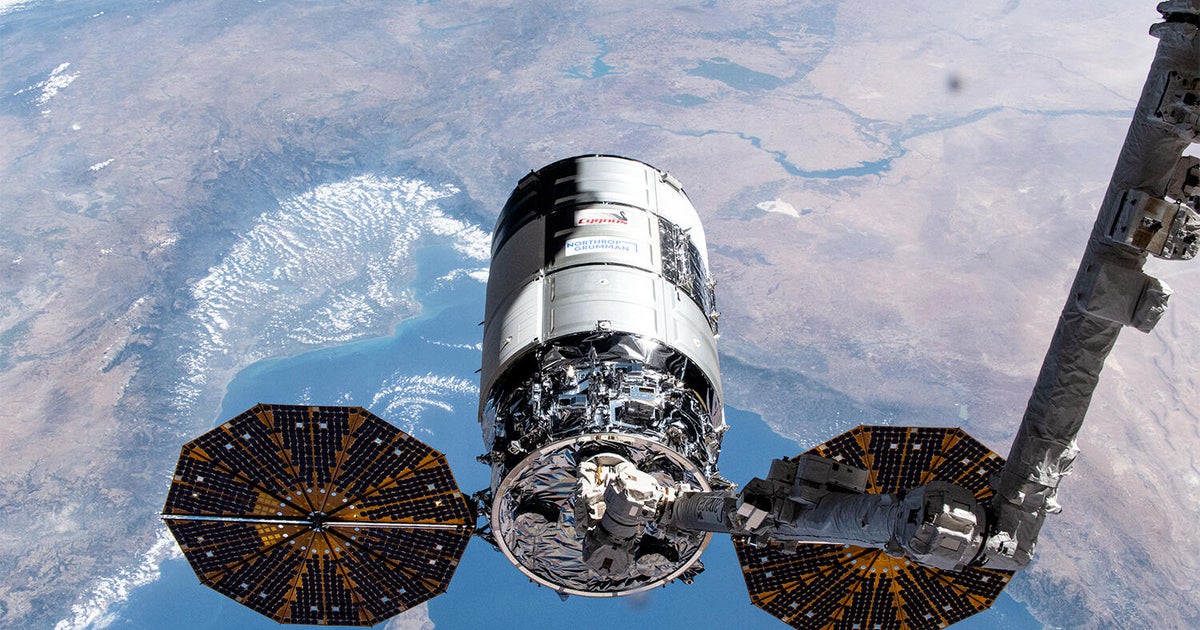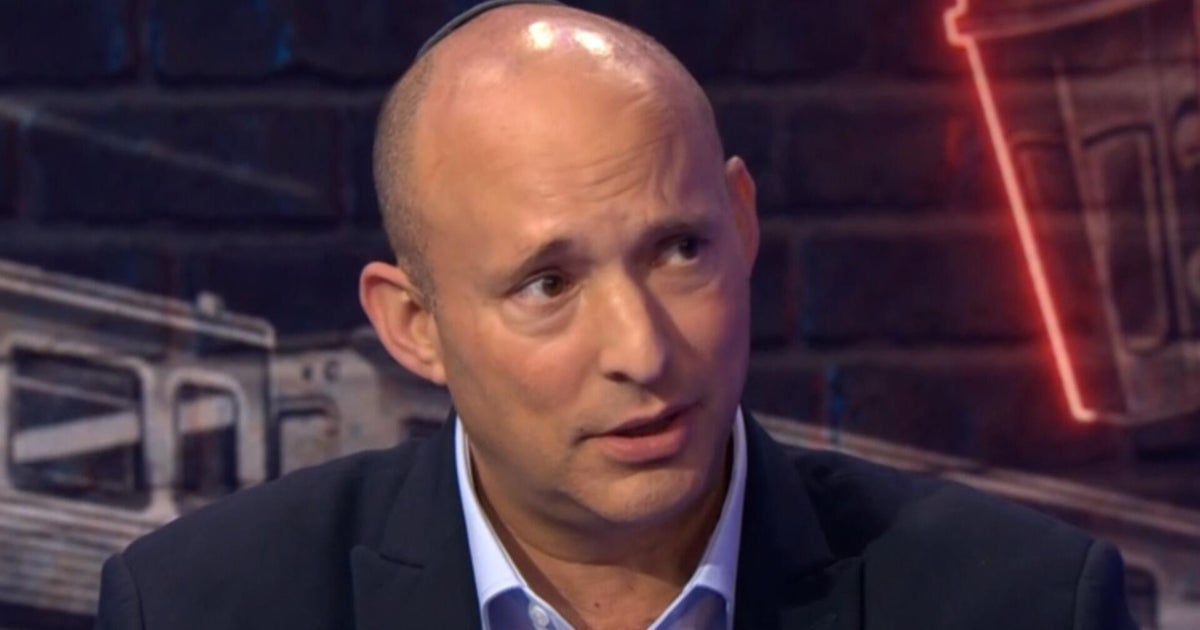How the floods in Texas developed
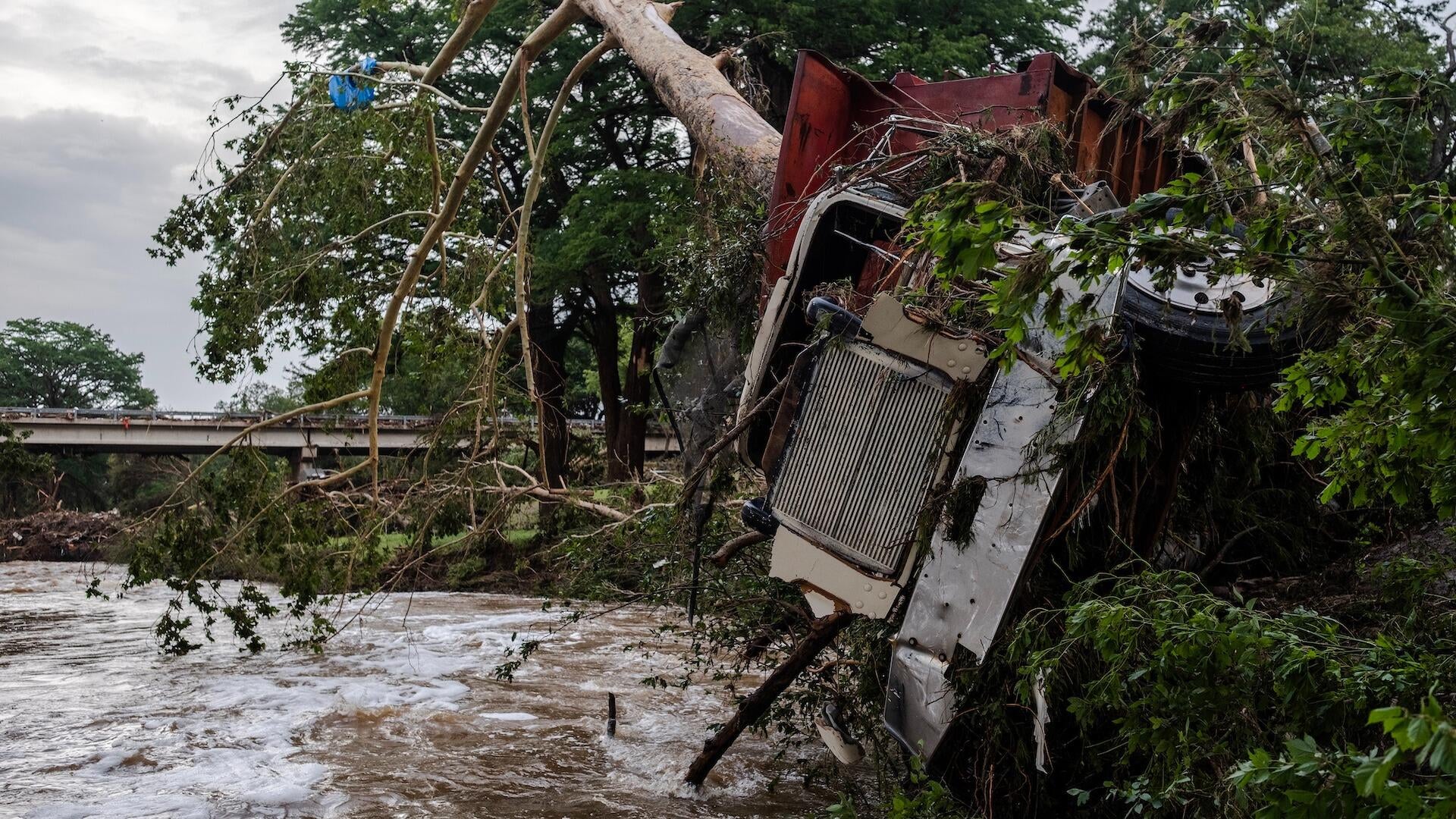
Catastrophic flash floods in Texas have killed more than 80 people, many of them children, over the Fourth of July weekend.
Heavy rains from the remnant moisture from what was formerly Tropical Storm Barry fell quickly in the predawn hours of Friday in the Texas Hill Country, causing the Gaudalupe River, outside of San Antonio, to rise 26 feet in just 45 minutes.
The floods grew to their worst at the midpoint of a long holiday weekend when many people were asleep.
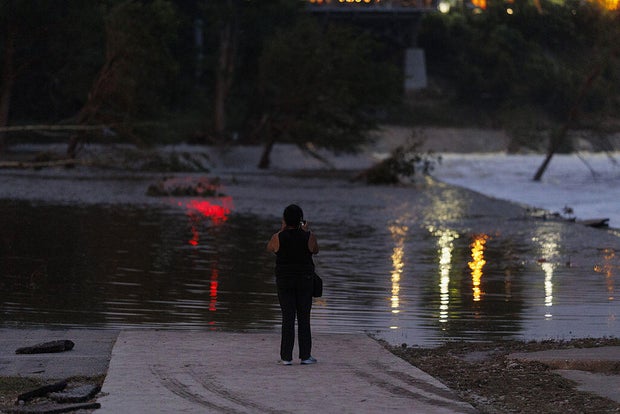 Kerrville residents document the aftermath of deadly flooding at Louise Hays Park near the Guadalupe River in Kerrville, Texas on July 6, 2025.
Jorge Salgado/Anadolu via Getty Images
Kerrville residents document the aftermath of deadly flooding at Louise Hays Park near the Guadalupe River in Kerrville, Texas on July 6, 2025.
Jorge Salgado/Anadolu via Getty Images
How much rain fell in Texas?
Preliminary data shows that rainfall totals from over the holiday weekend range from more than 6 inches in Sisterdale to upwards of 20 inches in Bertram.
Liberty Hill and Streeter also saw more than 20 inches of rain from July 3 at 7 a.m. local time until Sunday at 9 p.m. local time, according to the National Weather Service's Prediction Center in College Park, Maryland.
Marble Falls: 18.5 inches
Hext: 18.49 inches
Lago Vista: 18.38 inches
Balcones: 17.69 inches
Wall: 17.5 inches
San Angelo: 13.51 inches
Burnett: 13.41 inches
Ingram: 11.68 inches
Mason: 10.11 inches
Llano: 9.62 inches
Seguin: 9.26 inches
Austin: 8.78 inches
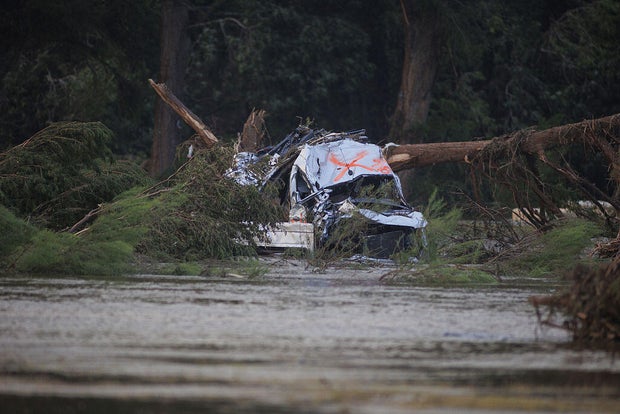 A vehicle is seen amongst debris along the banks of the Guadalupe River after deadly flooding in Kerrville, Texas, on July 6, 2025.
Jorge Salgado/Anadolu via Getty Images
A vehicle is seen amongst debris along the banks of the Guadalupe River after deadly flooding in Kerrville, Texas, on July 6, 2025.
Jorge Salgado/Anadolu via Getty Images
Will more rain fall in Texas?
Slow-moving storms continue to threaten the already devastated Central Texas region with more heavy rainfall and possible flash flooding on the forecast for Monday. However, it is expected to lighten overnight.
Forecasters said an additional three to five inches are possible on Monday.
There is a level 2 "slight" risk for excessive rainfall leading to flash flooding in effect over Central Texas on Monday, the National Weather Service said. Flood watches for the already hard-hit areas remain in effect.
Cities to monitor include Kerrville, San Antonio, Austin, San Angelo, Uvalde and Killeen.
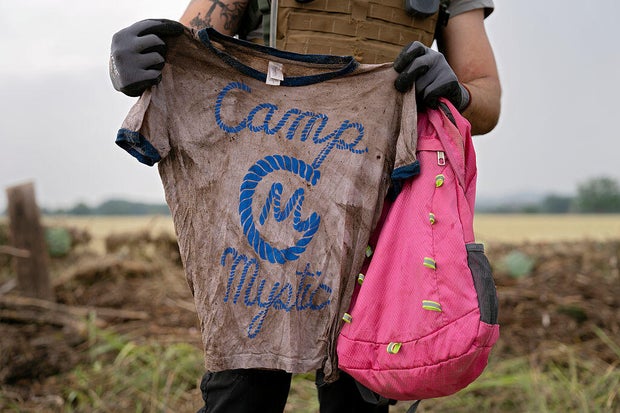 A search and rescue volunteer holds a T-shirt and backpack with the words Camp Mystic on them in Comfort, Texas, on July 6, 2025.
Danielle Villasana for The Washington Post via Getty Images
A search and rescue volunteer holds a T-shirt and backpack with the words Camp Mystic on them in Comfort, Texas, on July 6, 2025.
Danielle Villasana for The Washington Post via Getty Images
How did the Guadalupe River flood so quickly?
The Texas Hill Country is naturally prone to flash flooding due to the dry dirt-packed areas where the soil lets rain skid along the surface of the landscape instead of soaking it up.
Friday's flash floods started with a particularly bad storm that dropped most of its 12 inches of rain in the dark early morning hours.
Dalton Rice, Kerrville's city manager, explained how the Guadalupe River flooded so quickly.
"When you look at the headwaters of the Guadalupe... there's a north and a south fork," Rice said Friday night. "Since 1987, under normal conditions, if you can call it that, you'll hit water in one of those areas, and those two forks will converge into the Guadalupe, which comes through the city of Kerrville."
"This rain event sat on top of that and dumped more rain than what was forecasted on both of those forks," Rice continued. "When we got the report, it was about 7 feet or so on the south fork, and within a matter of minutes it was up to 29 feet, and all of that converged at Guadalupe."






